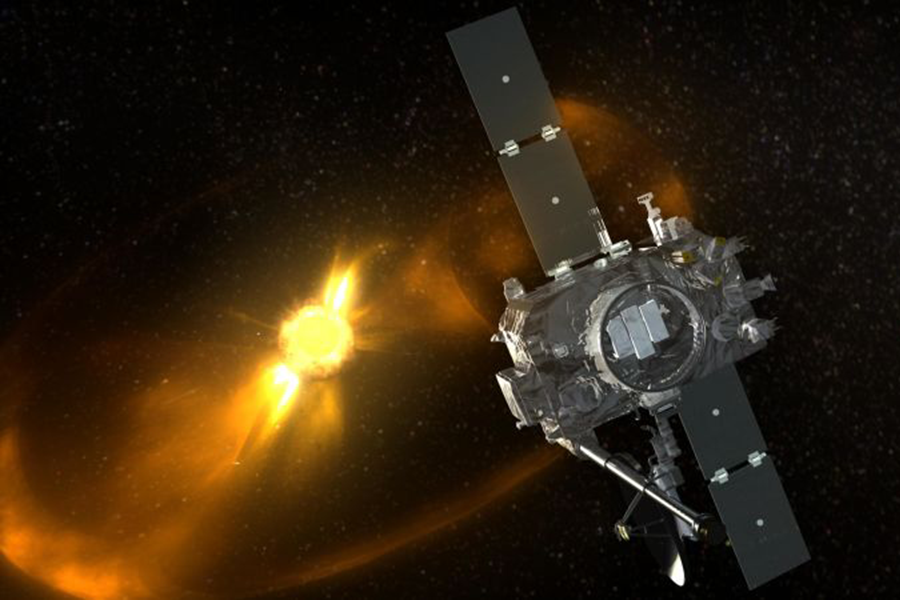Lost in space no more: NASA finds its missing spacecraft
Loading...
Houston, we may no longer have a problem.
After nearly two years of silence, NASA has picked up a signal from the long-lost STEREO-B spacecraft on Sunday.
The spacecraft, one of two of NASA's Solar Terrestrial Relations Observatories, lost contact with the team back on Earth during a planned reset on October 1, 2014. But the team didn't abandon the missing spacecraft. Instead, over the past 22 months, they have been working to track it down.
STEREO-B launched with its partner STEREO-A in October 2006 into an orbit around the sun. With STEREO-A orbiting our star ahead of the Earth and STEREO-B orbiting behind, the pair gave scientists a fuller picture of the sun that they had seen before.
But, six years after the two-year mission was originally supposed to end, the pair of spacecraft were still in action. And that meant an added challenge for the team on Earth.
Because of the way the spacecraft were orbiting the sun, they would eventually lie on the opposite side of the sun from Earth. As a result, the sun's interference would make communication impossible for a long period of time.
“The sun emits strongly in nearly every wavelength, making it the biggest source of noise in the sky,” said Dan Ossing, mission operations manager for the STEREO mission at the Johns Hopkins University Applied Physics Laboratory in Laurel, Maryland said in a NASA press release in December 2015. “Most deep space missions only have to deal with sun interference for a day or so, but for each of the STEREO spacecraft, this period lasted nearly four months.”
As a result, “We had to take a spacecraft that was meant to talk to Earth every day and get it ready for over three months of radio silence,” Ossing said.
What went wrong?
Both STEREO spacecraft were outfitted with the equipment to reset themselves after 72 hours without contact as a precautionary measure. The scientists knew they'd have to rely on this mechanism to mitigate the challenge of lost contact for months.
But before STEREO-B dipped out of range, they tested the reset system by withholding communication for three days. This test worked well with STEREO-A, but when STEREO-B rebooted, the team received a weak signal that quickly disappeared.
That was the last they heard from STEREO-B, until now.
Mission operators have been using the Deep Space Network (DSN), which is how NASA tracks space missions, to search for STEREO-B.
The recovery plan, as described in 2015, included three-hour periods each week. The researchers would start off by working to build up the charge in STEREO-B's battery before they would send commands to the spacecraft's transmitter. And then they would listen, using some of the largest radio telescopes on Earth.
At 6:27 p.m. EDT on August 21, 2016, the mission operators picked up the signal that they had been waiting for. After 22 months, contact was reestablished with STEREO-B.






